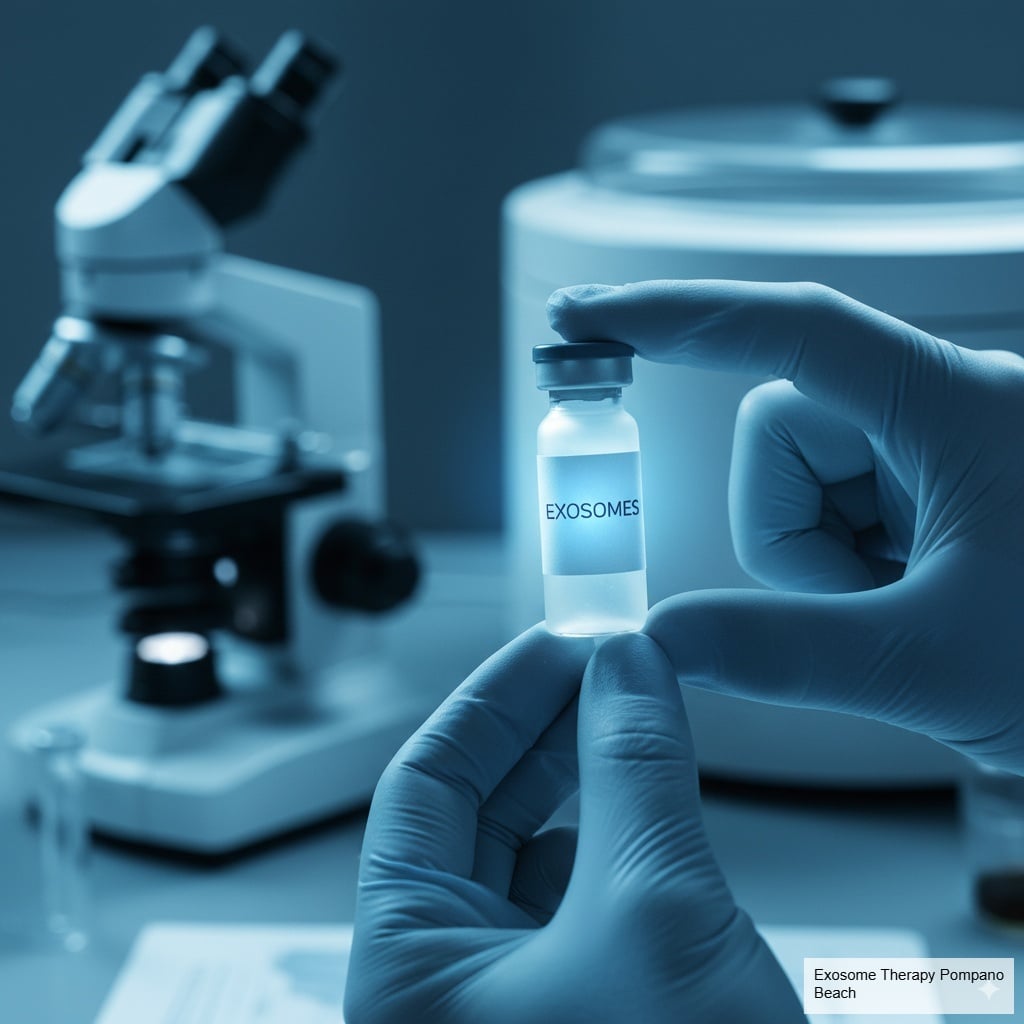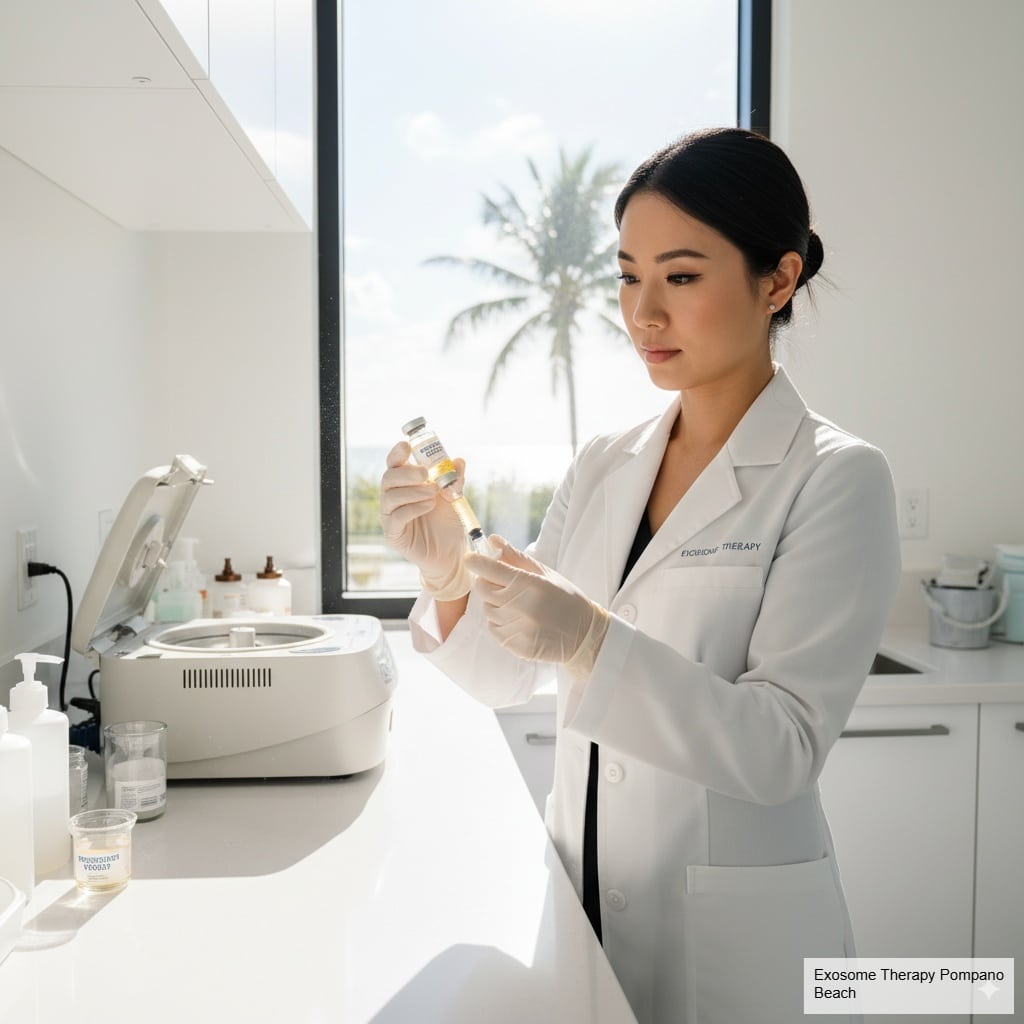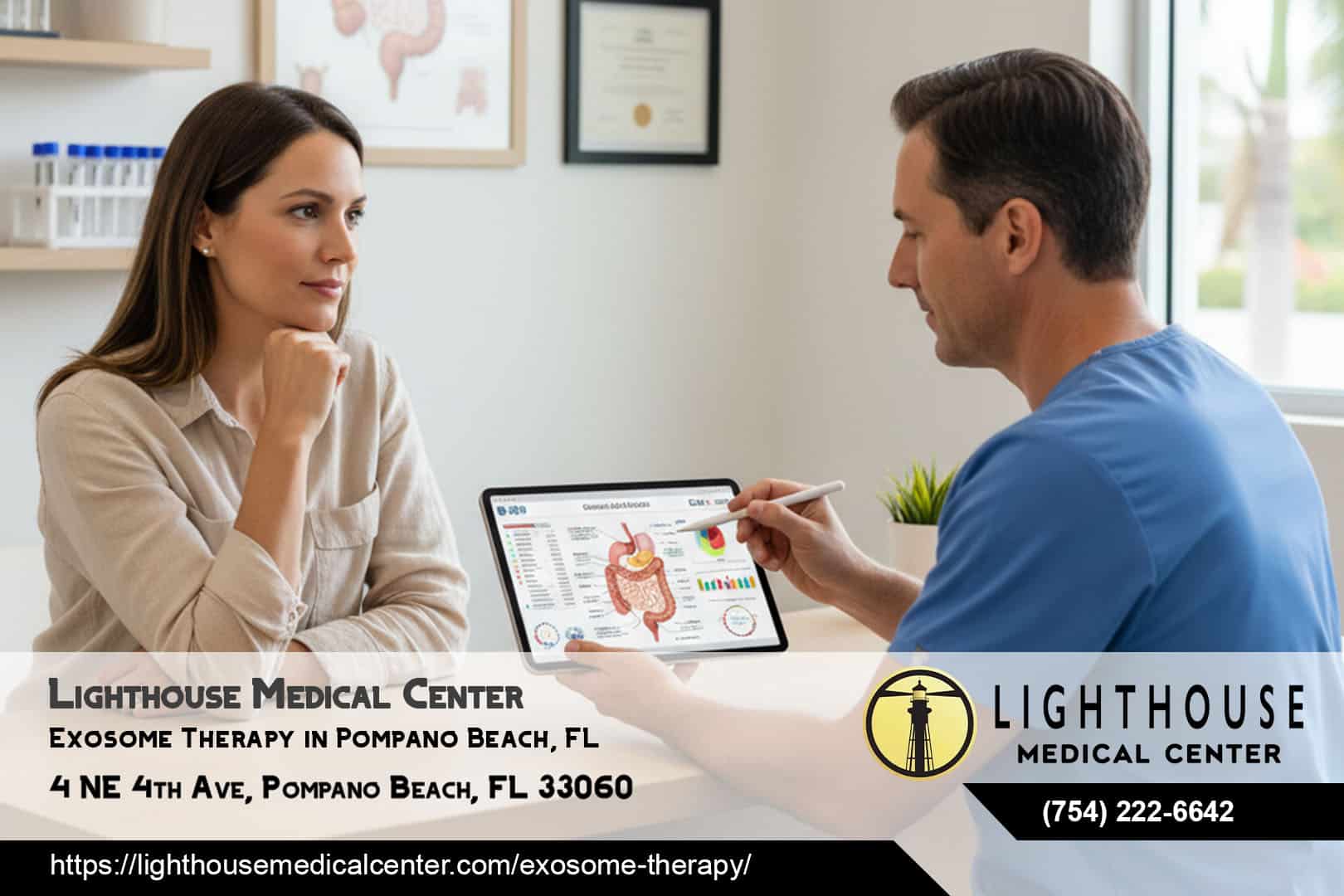Exosome Therapy vs PRP Treatment
Platelet-Rich Plasma (PRP) therapy concentrates the patient's own platelets and growth factors, while exosome therapy delivers pre-processed cellular communication molecules. Both treatments aim to stimulate natural healing, but they differ in their mechanisms and molecular profiles.
PRP requires blood draws and processing at each treatment session, whereas exosome therapy utilizes standardized preparations with consistent molecular content. This standardization provides more predictable therapeutic outcomes across different patient populations.
Exosome Therapy vs Traditional Stem Cell Therapy
Traditional stem cell therapy introduces living cells that must survive, integrate, and function within the recipient's tissues. Exosome therapy bypasses these requirements by delivering only the beneficial signaling molecules produced by stem cells.
This cell-free approach eliminates concerns about cellular rejection, unwanted differentiation, or long-term cellular behavior. Patients receive the therapeutic benefits without the complexity of managing live cell integration.
The Comprehensive Therapeutic Framework
Exosome therapy operates within a broader framework of regenerative medicine that emphasizes natural healing mechanisms and cellular restoration. This approach aligns with current understanding of how tissues maintain and repair themselves throughout life.
The therapy leverages existing cellular communication pathways rather than introducing foreign substances or synthetic compounds. This biomimetic approach supports the body's inherent repair capabilities while providing concentrated therapeutic signals where needed most.
Patients benefit from treatments that work with their natural physiology rather than against it. The molecular messengers delivered through exosome therapy speak the same biochemical language that cells already understand and respond to effectively.
Dr. Don Pham integrates exosome therapy with comprehensive care protocols that address underlying health factors contributing to tissue damage or impaired healing. This holistic approach maximizes therapeutic potential while supporting overall patient wellness, often combining treatments with peptide therapy and other regenerative approaches.
Addressing Common Misconceptions About Exosome Therapy
Several misconceptions surround exosome therapy due to its relatively recent emergence in clinical practice and its relationship to stem cell research. Understanding these differences helps patients make educated decisions about their treatment options.
Exosome Therapy vs Stem Cell Therapy Confusion
Many people assume exosome therapy and stem cell therapy are identical treatments. While both belong to the regenerative medicine category, exosome therapy represents a cell-free approach that utilizes only the beneficial products released by cells.
Stem cell therapy involves introducing living cells that must survive and function within the recipient's body. Exosome therapy delivers the signaling molecules these cells produce without the complexity of managing live cellular behavior.
Safety and Regulatory Considerations
Some patients express concern about the safety profile of exosome therapy compared to established treatments. The cell-free nature of exosome therapy actually reduces certain risks associated with live cell therapies, including immune rejection and uncontrolled cellular growth.
Lighthouse Medical Center follows strict protocols for sourcing, processing, and administering exosome treatments to ensure optimal safety and efficacy. Dr. Don Pham maintains current knowledge of regulatory developments and best practices in this evolving field.
Frequently Asked Questions
What conditions can benefit from exosome therapy? Exosome therapy shows promise for various conditions involving tissue damage, inflammation, or impaired healing, including joint problems, skin concerns, and certain chronic conditions requiring cellular repair.
How long do exosome therapy results last? Treatment duration varies by individual and condition, with many patients experiencing benefits for several months to over a year, depending on their body's response and underlying health factors.
Is exosome therapy painful? Most patients report minimal discomfort during exosome therapy administration, similar to standard injection procedures, with any temporary soreness typically resolving within 24 to 48 hours.
How many treatments are typically needed? Treatment frequency depends on the specific condition and individual response, with Dr. Don Pham developing personalized protocols based on patient assessment and therapeutic goals.
Can exosome therapy be combined with other treatments? Exosome therapy often integrates well with other regenerative approaches and conventional treatments, allowing for comprehensive care strategies tailored to individual patient needs.
What makes exosomes different from growth factor injections? Exosomes contain hundreds of different signaling molecules including proteins, lipids, and genetic material, providing more comprehensive cellular communication compared to single growth factor treatments.
Are there any side effects with exosome therapy? Side effects are generally minimal due to the natural, cell-free composition of exosomes, with most patients experiencing only temporary mild swelling or soreness at injection sites.
How soon can patients expect to see results? Some patients notice improvements within days to weeks, while optimal results often develop over 2 to 3 months as the regenerative processes take effect throughout the treated tissues.
Contact Lighthouse Medical Center
| Business Information |
Details |
| Practice Name |
Lighthouse Medical Center |
| Lead Physician |
Dr. Don Pham |
| Address |
4 NE 4th Ave, Pompano Beach, FL 33060 |
| Phone |
(754) 222-6642 |
| Service Area |
Pompano Beach, FL and Broward County |
| Website |
https://www.lighthousemedicalcenter.com/ |







